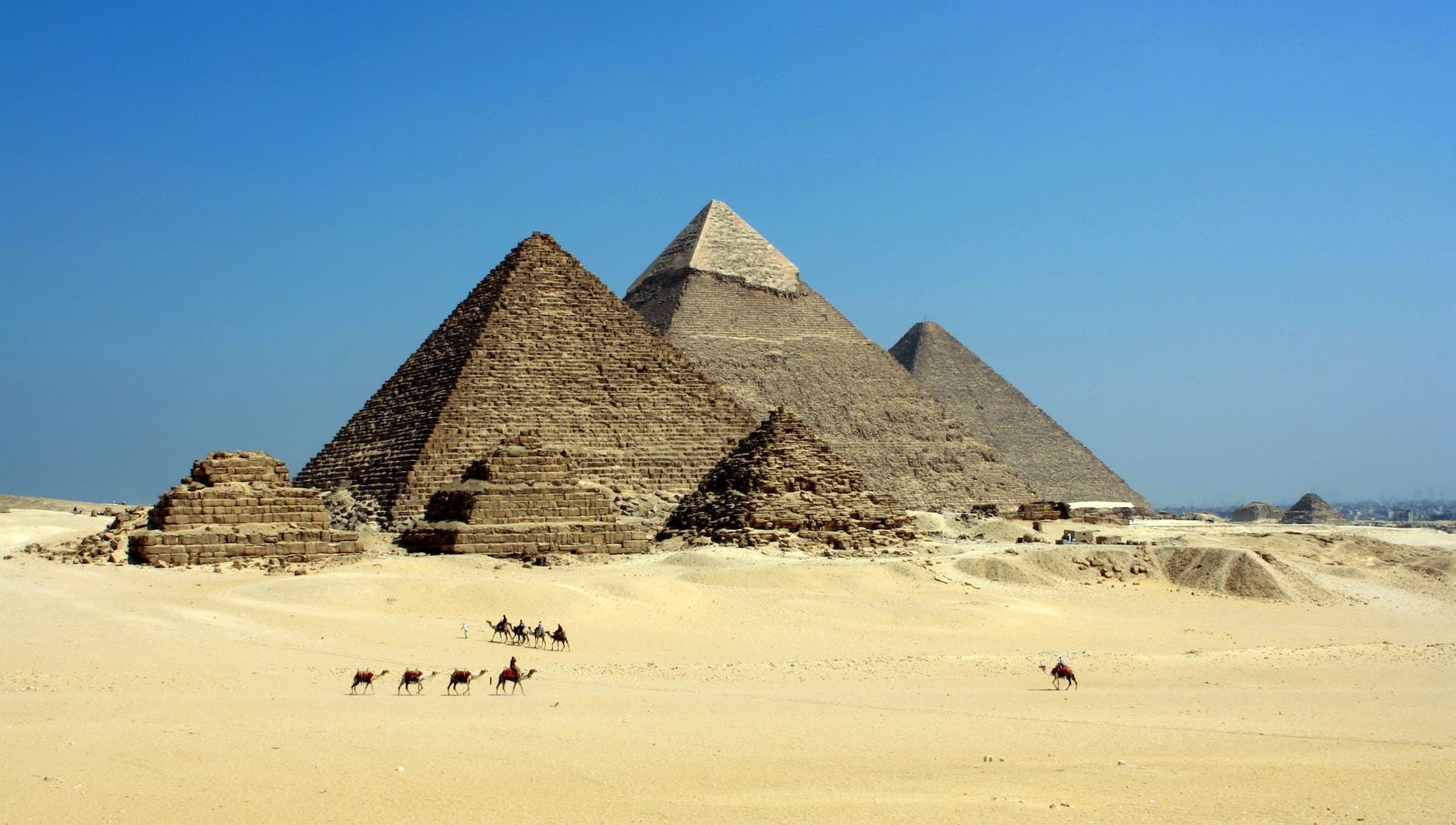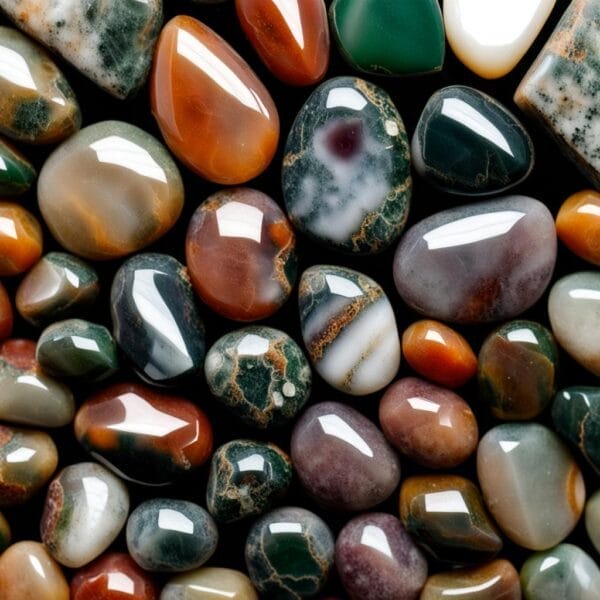The sands of time have whispered many secrets from ancient Egypt, a civilization that thrived on the banks of the Nile. Among these secrets is the profound significance of gemstones in their culture. These weren’t mere decorative elements; they were a testament to the Egyptians’ ability to intertwine science, spirituality, and daily life, creating a harmonious blend that still fascinates us today.
Turquoise: The Stone of the Pharaohs
Physical and Scientific Properties
Turquoise, with its captivating blue-green hue, is a phosphate mineral that primarily consists of copper and aluminum. The Sinai Peninsula, with its rich deposits, was the primary region in Egypt where turquoise was mined, making it a hub of activity and trade.
Spiritual and Mystical Significance
In the heart of ancient Egyptian spirituality, Turquoise found its resonance with the goddess Hathor. Revered as the deity of joy, feminine love, and motherhood, Hathor’s embodiment of these qualities made turquoise a symbol of protection and power. It was extensively used in jewelry, amulets, and even in the burial masks of pharaohs.
Magical Properties
The ancient Egyptians believed that turquoise was a harbinger of good fortune and strength. Its vibrant color was seen as a protective shield against evil, and it was often carried as a talisman to ward off harm and negativity.
Lapis Lazuli: The Celestial Stone
Physical and Scientific Properties
Lapis Lazuli, with its deep celestial blue, is primarily composed of lazurite, calcite, and pyrite. Its beauty and significance were so profound that the Egyptians imported it from distant lands, particularly Afghanistan.
Spiritual and Mystical Significance
The stone’s deep blue, speckled with golden flecks, was symbolic of the vast night sky and the mysteries of the universe. It found associations with several deities, including Nut, the sky goddess; Isis, the emblem of magic and motherhood; and Maat, the goddess of truth and balance.
Magical Properties
Lapis Lazuli was more than just a decorative gem; it was a tool for spiritual enlightenment. Priests often used it for dream work, believing it could offer visions and insights. Its energy was also thought to bring harmony, truth, and a deep sense of inner self-knowledge.
Carnelian: The Stone of Motivation
Physical and Scientific Properties
Carnelian, a radiant stone with hues ranging from orange to deep red, is a variety of chalcedony. Its vibrant color comes from the presence of iron oxide. Egypt, with its diverse landscapes, had several regions where this stone was found and mined.
Spiritual and Mystical Significance
The fiery glow of carnelian was symbolic of the setting sun. It was intrinsically linked to the goddess Isis and was seen as a representation of life and the vital force of blood energy.
Magical Properties
Carnelian was the stone of warriors, leaders, and innovators. It was believed to boost courage, vitality, and motivation. Additionally, it was used to enhance passion, making it a favorite for amulets and talismans.
The Power of the Pyramid: Creating a Crystal Grid
The Significance of the Pyramid Shape
The pyramid, with its triangular sides converging to a single point, was symbolic of the sun’s rays and the soul’s ascension. It also represented the trinity of consciousness: the conscious, subconscious, and superconscious realms.
Steps to Create a Pyramid Crystal Grid
- Choosing a Location: Find a serene space and align the grid with the cardinal points (North, South, East, West) to harness maximum energy flow.
- Placement of the Stones: Position the Lapis Lazuli at the apex, representing the heavens, with Turquoise and Carnelian at the base, symbolizing the earth and sun.
- Activation and Intention Setting: Use a clear quartz point to connect the stones, activating the grid and setting your intention.
Using the Grid
Once set up, the grid can be a focal point for meditation and visualization. By harnessing the combined energies of the crystals and the pyramid shape, one can achieve healing, protection, and spiritual growth.
6. Conclusion
The tales of Turquoise, Lapis Lazuli, and Carnelian in ancient Egypt are not just stories of the past; they are legacies that continue to influence modern spiritual practices. These gemstones, with their rich histories and powerful energies, beckon us to explore and experience their ancient magic. As we journey through time, we find that the wisdom of the ancients still holds profound relevance, urging us to rediscover and cherish these timeless treasures.














